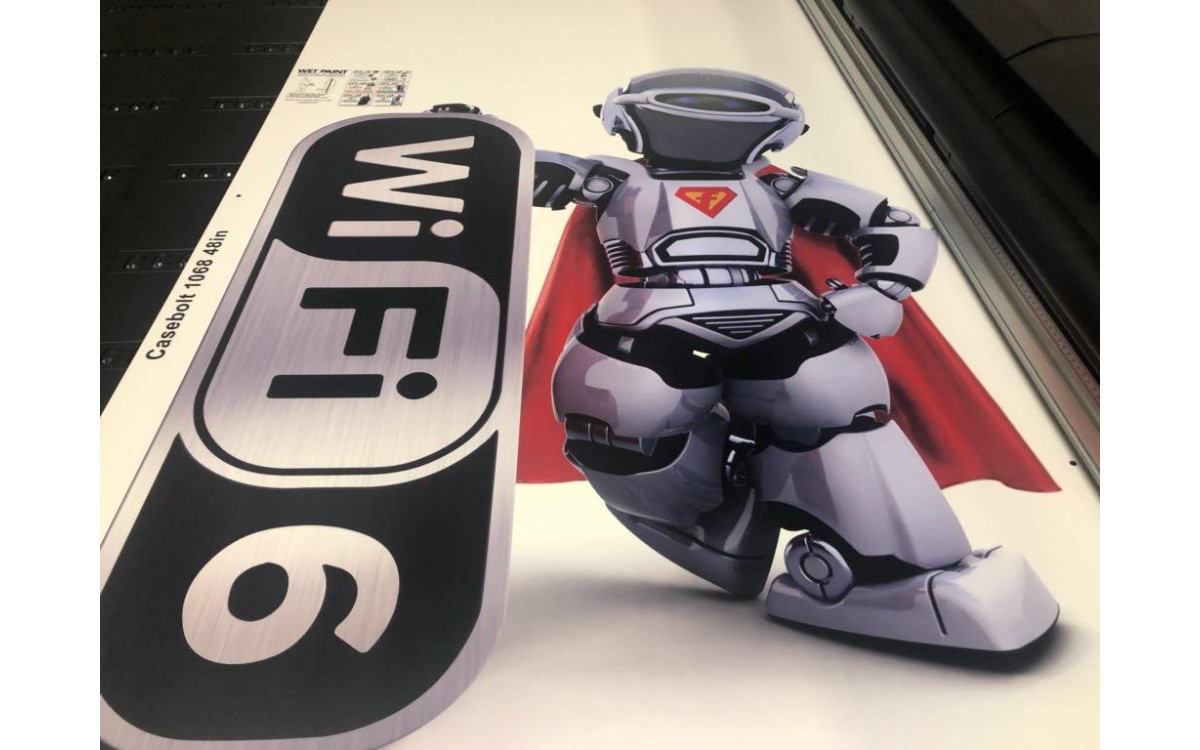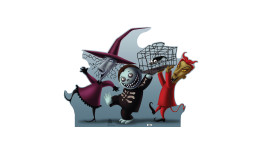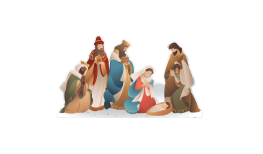Cardboard cutouts can be found in a range of public and private places. They are
frequently requested by businesses to be placed in front of their establishment, in
their foyer, or at their trade fair booth. The presence of a cutout of somebody
provides a welcoming atmosphere that attracts potential clients. Using huge, life-
size cutouts is a simple approach to draw attention to anything you want to
highlight while also giving your company a more human face. The smaller sizes
can also be used to complement product displays and printed table covers on
tabletops. Retailers who sell clothing will benefit from custom life size cutouts
since they may display the items on a life size model that is easier to handle and
transport than a mannequin.
Cardboard cutout standees make excellent party décor and souvenirs.
Customers can make life-size cutouts of their friends and relatives to showcase
at a birthday celebration or nuptials. Place cardboard cutouts of individuals at the
entryway to greet your guests, or acquire smaller ones for tables at an event
location. Adding a photo of the honoree on cardboard cutouts adds a fun touch to
the party and makes it more intimate and unique. Because of the cardboard or
plastic material, the standees can make amusing gifts for friends or may be used
as large cards that everyone can sign with a marker.
Custom Cardboard Cutouts Material Options
You can choose between three different materials for your custom cardboard
cutout, each having its own components and benefits. Let’s take a look at what
your options are:
1) Cardboard
Cardboard is formed of cellulose or wood fiber and is comparable to paper but
thicker, as per the Merriam-Webster Online Dictionary. A fluted piece of heavy
paper is pasted between two heavier pieces of paper to create corrugated
cardboard. Cardboard is a long-lasting and environmentally friendly material that
can be tailored to meet the demands of almost everyone.
Cardboard is well-known for its sturdiness. Cardboard is made composed of
tough and robust wood fibers. Cardboard is resilient to punctures and does not
quickly break. The internal fluting's arched form adds to the cardboard's
resilience. Because the fluting is aligned vertically, the inside paper forms
columns that can hold a significant amount of weight.
Owing to the fluting structure of its interior, corrugated cardboard provides
insulating capabilities. When pressure is applied to an arch, it flows along the
curvature of the arch to the base. As a result of the arching flutes, the cardboard
can withstand more external stress. The flutes also catch air between the two
layers of cardboard, lengthening the time it takes for heat to move from the box's
surface to its interior.
Cardboard is reusable and sustainable because it is comprised of wood fibers.
The average corrugated box contains 43 percent recycled fiber, according to the
Corrugated Packaging Alliance. Cardboard is the most recycled material, with
virtually all of it being repurposed into new cardboard products. Cardboard is
environmentally friendly because it is made from trees, which are a renewable
resource.
Cardboard is a cost-effective choice that is very robust and does not degrade the
image quality when printed.
2) Foamcore
Foamcore board is a durable and lightweight material that may be trimmed with a
sharp craft knife or a mat cutter for photo framing. It's often used for attaching
prints and photographs, as well as as a picture frame backing. Foamboard may
be easily shaped into shapes for interior design and architectural projects. Foam
board is often made up of three layers: an inner layer of polystyrene or
polyurethane foam, a white clay coated paper, cotton archival paper, or common
brown Kraft paper, and an outside layer of either white clay coated paper, cotton
archival paper, or common brown Kraft paper.
Monsanto has been producing Fome-Core® foam core board in 1/8 inch (3 mm)
and 3/16 inch (5 mm) thicknesses since 1957. It's currently a common picture
framing background, with archival-quality varieties available from numerous
manufacturers. Layer thickness ranging from 3mm to 10mm are widely available,
with a 20mm variant available for big displays and art hanging.
Foamcore does not have the groove of cardboard and instead has a foam core.
This eliminates the corrugation in the cardboard's ripple effect, resulting in a
higher-quality print. Foamcore is a less resilient substance, therefore it's great for
exhibitions hidden behind glass or out of reach, or for settings where there won't
be much interaction.
3) Coroplast
The strongest material is coroplast, which stands for corrugated plastic. Our
weatherproof coroplast cutouts are commonly utilized for summer festivals or
when a cutout is posed with or handled regularly. The coroplast material is sturdy
and long-lasting, so the personalized cutout will last for quite a long time.
Although this material produces a high-quality, full-color image, the corrugation is
visible through the print.




